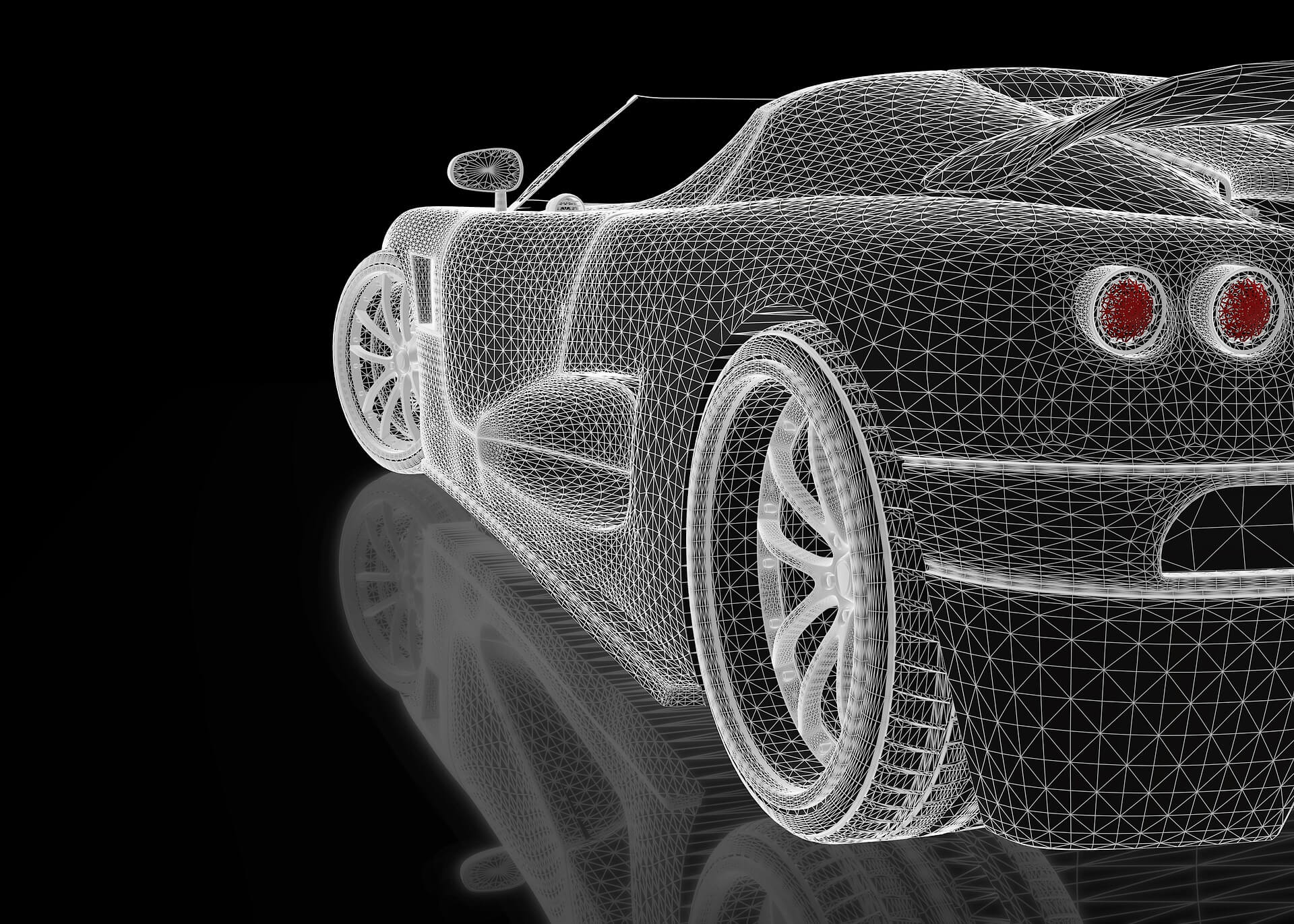Few inventions affected our relationship with technology as much as push notifications have. Before modern-day notifications, most of us felt in charge of deciding when we want to use and interact with technology, but now, technology is largely making that decision for us.
It’s easy to blame technology, but it’s important to note that it isn’t technology at the heart of the problem—it’s our own inability to handle it. After all, not all notifications are created equal. And in order to better understand the evolution from relevance to noise, we need to talk about how we got to where we are.
In 1971, Raymond Tomlinson, a computer programmer from Massachusetts, had a daunting task that would become a critical cornerstone of modern-day digital culture. While working on ARPANET, the first version of the internet subsidized by the U.S. government, Tomlinson needed to figure out a way to let users send messages to one another. Before his invention, messages could only be sent to users who had their accounts on the same computer. This changed when Tomlinson added the now ubiquitous @ symbol. This ingenious addition allowed users to separate the recipient’s name from the name of the machine they were using.
One of the first users of this new system famously described it as a “nice hack.” This hack stayed and soon led email to make up 75% of all early internet traffic.
The high demand of email subsequently led to the creation of the simple mail transfer protocol (SMTP), which soon became the global standard for sending and receiving emails. Surprisingly enough, SMTP already had push-style networking baked into it. But it wasn’t used widely because so few users were permanently connected to the internet at the time.
Over time, the bell icon’s meaning quickly became representative of a simple idea: “There is something new for you. You. You. You.”
Few inventions affected our relationship with technology as much as push notifications have. Before modern-day notifications, most of us felt in charge of deciding when we want to use and interact with technology, but now, technology is largely making that decision for us.
It’s easy to blame technology, but it’s important to note that it isn’t technology at the heart of the problem—it’s our own inability to handle it. After all, not all notifications are created equal. And in order to better understand the evolution from relevance to noise, we need to talk about how we got to where we are.
In 1971, Raymond Tomlinson, a computer programmer from Massachusetts, had a daunting task that would become a critical cornerstone of modern-day digital culture. While working on ARPANET, the first version of the internet subsidized by the U.S. government, Tomlinson needed to figure out a way to let users send messages to one another. Before his invention, messages could only be sent to users who had their accounts on the same computer. This changed when Tomlinson added the now ubiquitous @ symbol. This ingenious addition allowed users to separate the recipient’s name from the name of the machine they were using.
One of the first users of this new system famously described it as a “nice hack.” This hack stayed and soon led email to make up 75% of all early internet traffic.


